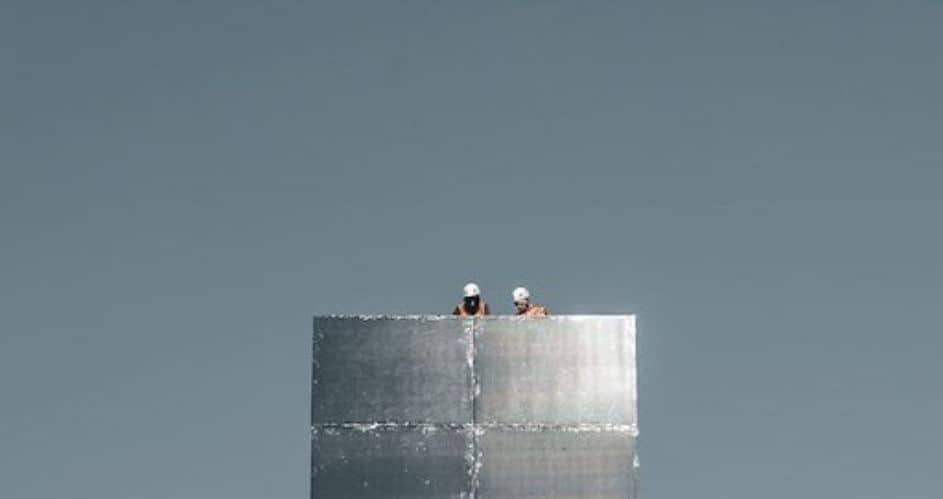
Reality capture is an emerging technology that allows us to produce highly accurate 3D models of physical objects and spaces using high-resolution photography, laser scanning, or other digital imaging methods.
From heritage buildings to complex industrial plants, reality capture revolutionizes how we approach preservation and maintain historic buildings and facilities.
The Importance of Reality Capture
So, what does reality capture software do? At its core, the software combines data from multiple sources. These include digital photos, Lidar scans, and drone footage. The sources are integrated into an accurate 3D model of any object or structure that matches perfectly with its natural counterpart.
Preserving Historical Structures with Reality Capture Technology
The capture software has become an essential tool in preserving historic structures. It provides us with a way to create a comprehensive digital archive that captures every inch of detail from actual buildings in extraordinary detail.
Not only does this digital replica reflect physical attributes, but it also captures their cultural importance.
An impressive example of cutting-edge technology used by the Smithsonian Institution’s initiative is reality capture technology to produce an intricate 3D model of the Apollo 11 Command Module, an iconic artifact from human history.
This digital representation is freely accessible online for anyone, making historical exploration easier for all users. Additionally, its detailed nature creates an almost tactile experience as users feel like they are physically exploring this module.
Pompeii in Italy, preserved since a catastrophic volcanic eruption centuries ago, has become the center of an ambitious preservation initiative.
Preservationists are using drone-mounted Lidar technology to carefully scan and model its site. Creating a digital archive captures its current state, allowing its preservation for posterity.
The U.S. National Park Service has begun adopting reality capture techniques for its preservation efforts. Using this technology, they are documenting and preserving national monuments and historically significant structures.
Their effort ensures the conservation of national heritage sites for future generations to appreciate. Reality capture technology plays a pivotal role in protecting historical structures while safeguarding snapshots of shared heritage for posterity to enjoy and learn from.
Benefits of Reality Capture for Historical Preservation
This technology opens up new avenues of architectural preservation by accurately documenting historic structures. It also performs detailed condition analyses and plans restoration and maintenance works. These enhance accessibility and virtual exploration of historical sites.
1. Digital Preservation
One of the most significant benefits of this technology lies in its digital preservation of historic structures.
Unlike their physical counterparts, which eventually succumb to time, neglect, or natural disasters, digital twins of monuments or historical structures remain preserved. It safeguards cultural heritage while enduring as an enduring testament to past events.
2. Accessibility
The software increases the accessibility of these structures by breaking down geographic barriers. A digital twin allows anyone from anywhere to explore historical sites or artifacts around the globe. This facilitates inclusive education while encouraging global appreciation for different cultures and histories.
3. Conservation Planning
Reality capture provides unprecedented detail of a structure’s condition. The information captured includes data such as materials used, structural integrity, and any damage or degradation.
This makes reality capture essential in conservation planning efforts, as conservationists can more efficiently and precisely restore damaged areas with targeted restoration.
4. Public Engagement
Digital twins also contribute to greater public engagement. Virtual recreations of historical sites can be shared on various platforms to create immersive experiences that draw the public in.
This increases awareness while forging shared history and collective identity and garnering support for further preservation efforts.
Final Thoughts
It has never been more crucial that we preserve the past. Reality software provides a practical and unique means for doing just this. By analyzing, restoring, and virtually exploring our shared history, we can ensure these priceless cultural artifacts continue informing and inspiring future generations.
With the right tools and techniques, we can have an impactful effect on historical structures’ preservation. Technology will allow us to record and conserve our heritage in ways unimagined today.
